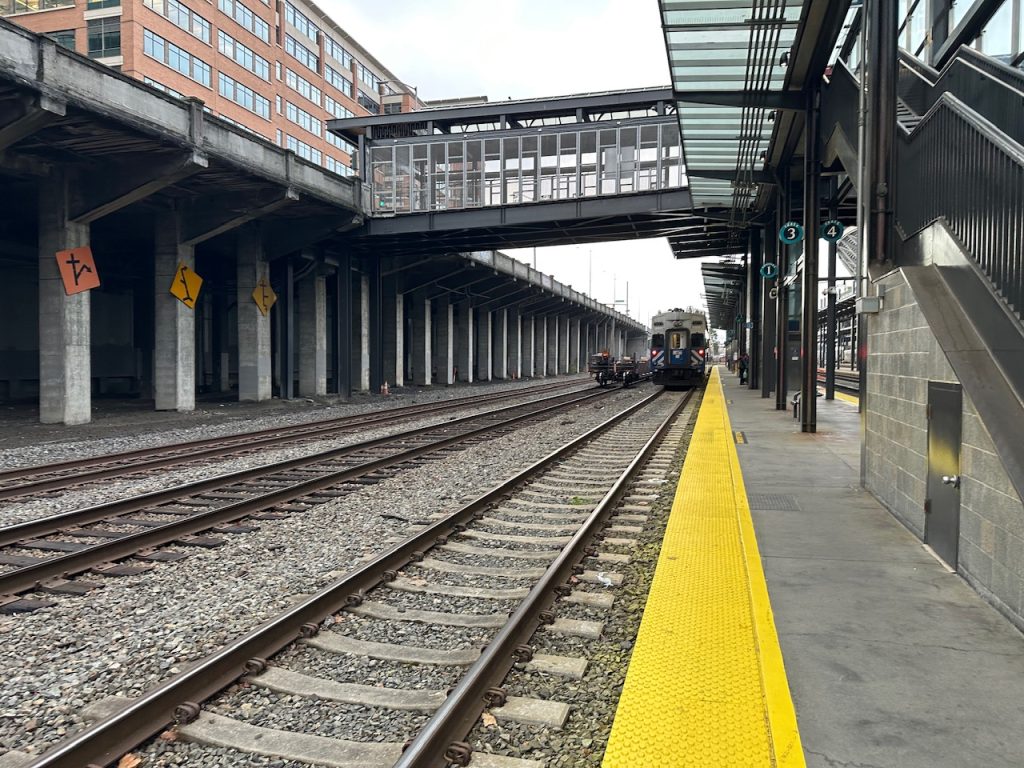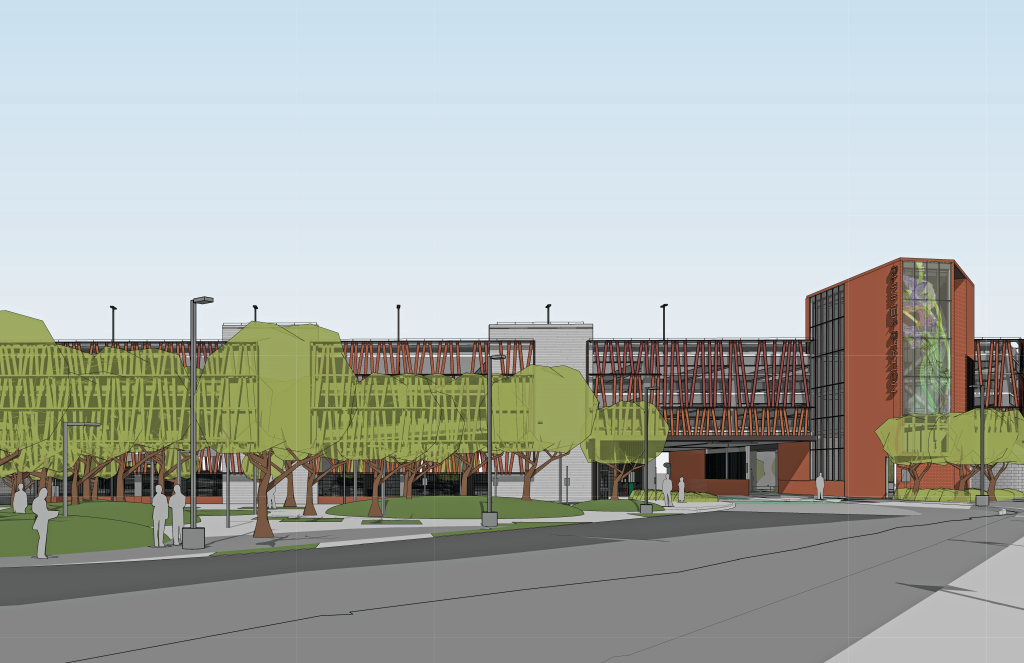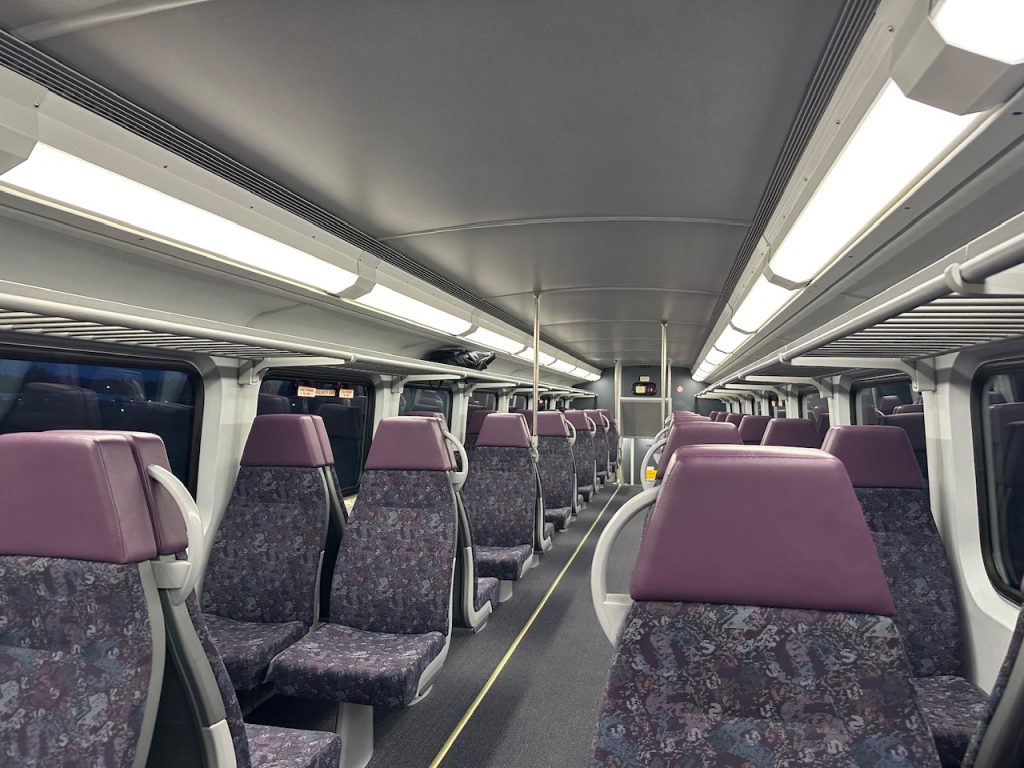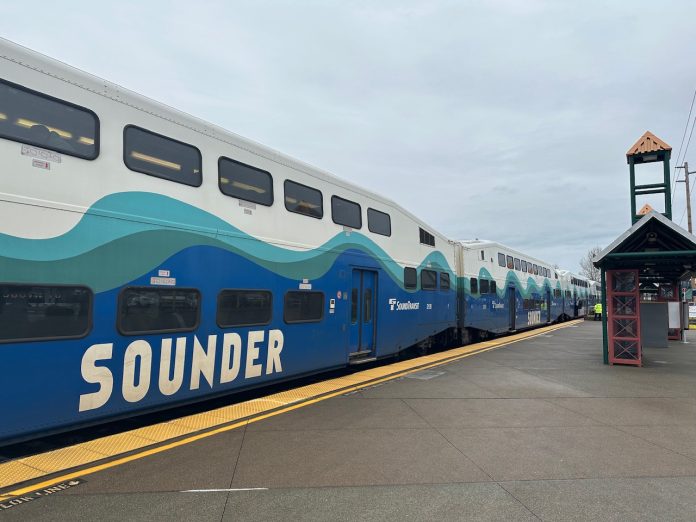Sounder riders want weekend trips and a fuller weekday schedule, an agency report shows, but governing board priorities are holding back near-term potential.
In response to changed travel patterns precipitated by the Covid-19 pandemic, Sound Transit is reexamining the Sounder South Strategic Plan that was developed just before onset of the pandemic. The agency carried out an extensive community engagement process last fall to gauge public opinion on current plans for longer trains and higher peak-hour frequencies versus building out the schedule with more trips. Over 5,600 people participated in an agency survey expressing strong support for change to the agency’s planned service approach.
Sound Transit has four key takeaways from the feedback received:
- Nine out of ten people want new trips. Among riders who use Sounder once per week, that preference was still held by 79%;
- Adding weekend service was highly popular with about 82% of those surveyed;
- Adding more weekday service was supported by 57% of respondents; and
- Reducing frequencies during weekday peak times to add trips during other times was supported by 75% of survey takers.
Riders want the flexibility expanded service provides
The agency’s report captures some clear comment themes from survey takers.
“Pierce County and South King County respondents preferred to have more options to attend late afternoon activities in Seattle (midday northbound / evening southbound trips), while Seattle respondents wanted to have options to go south during the day and return northbound in the evening,” the report said of weekday preferences.
Later weekday service registered as a key priority to support healthcare workers who often have a staffing change around 7pm, support student life and night class commutes, and provide for after-work activities and dinner in Seattle. As for midday weekday trips, there were clear themes of people feeling “stuck” in Seattle unable to get home for emergencies, meet schedule needs, and get to appointments. Parents also felt that morning service ends too early to get kids to school and catch their trains.

In terms of weekend service, the report found strong interest in morning and evening service in both directions due to the poles of riders.
“There were some differences across ridership categories, though all showed the highest interest in evening southbound followed by morning northbound service,” the report states. “Non-riders showed more interest in morning southbound and evening northbound trains than other ridership groups, likely in part due to the correlation with more non-rider respondents who live in Seattle.” Comment themes clearly show that people want to use trains to visit friends and family as well as attend events. Survey takers also expressed concern that existing special weekend event service can be too crowded, necessitating more trips.
Those results probably aren’t too surprising, but it is a big departure from Sound Transit’s current strategy. The agency does plan to use the feedback to inform its work in developing recommendations on whether or not to modify the strategic plan. And along with this, staff will also conduct further analysis on travel patterns and ridership estimates.
Focus on parking is delaying new service
Sound Transit’s work could be more impactful though if the agency were intensely focused on delivering more service instead of building new parking lots and garages.
In March, the Pierce County Council issued a letter in response to newly announced Tacoma Dome Link Extension delays. In it, the county council told the Sound Transit Board of Directors that they should prioritize more Sounder service and expand it. The county council explicitly called for new trips, adjusting the service schedule by redistributing trips, extending Sounder to DuPont — which will add two stops and is scheduled for a 2045 opening — as soon as possible, and providing new on-demand microtransit service to connect riders to stations. The county council did not request more parking.
Nevertheless, the priority of the agency’s governing board has been to approve and build astronomically expensive parking garages — facilities that are slated to mostly sit empty — rather than deliver new transit service quickly. Boardmembers’ favorite type of ribbon-cutting increasingly seems to be seas of parking stalls over service improvements and system expansion.

During the pandemic, the agency was forced to undergo a major realignment of the capital programs. Parking projects were mostly pushed to the end of the Sound Transit 3 capital program, but parking projects for Sounder were kept as near-term construction projects to show Sound Transit could still deliver physical assets — even if those assets provide little ridership and far fewer climate benefits.
Just last year, the agency’s governing board approved three Sounder parking-oriented projects to the tune of $360 million. Despite sinking so much money into fossil fuel infrastructure, the Kent, Auburn, and Sumner projects are only slated to deliver about 1,500 parking stalls in structured garages. Assuming costs don’t continue to escalate — a big if — Sound Transit will pay about $240,000 per parking stall. The best case scenario is that, amortized over 30 years, this will cost about $8,000 per year per driver — and that’s not even accounting for their transit and driving subsidies to and from stations. The effective parking subsidy, however, is likely to be much higher since parking utilization systemwide is not running anywhere close to capacity in the post-pandemic environment and is unlikely ever to do so in the future.
Roger Millar, the state transportation secretary, has tried — mostly unsuccessfully — to change the hearts and minds of suburban boardmembers when it comes to parking.
“When you look at our station access budget, we are investing more in parking than we are investing in all of the other modes combined,” Millar said three years ago during a discussion around parking and access priorities. “And all of the other modes combined bring 80% of our ridership to our system.”

Millar believes that there needs to be a paradigm shift in how parking is treated when it comes to land use and transit decisions.
“The other thing I’ve heard people discuss with this is the reality of the situation today is people need to drive to the station because that’s how we designed our communities and we’re hoping for a future where we have these walkable urban communities,” Millar said. “If we want to get to that future, we should be investing in that future, not investing in the existing paradigm. Because if you continue to invest in the existing paradigm, what you’re gonna get is that paradigm.”
While Sound Transit’s process of rethinking priorities for the southern Sounder corridor is critical to connecting communities with high-quality transit and beginning to realize regional rail, the governing board’s outmoded thinking is holding back Sounder’s potential, as Millar pointed out. Approving the parking projects cost riders and the region a significant opportunity last year to commission at least five new daily Sounder roundtrips — almost a 50% service increase. The reality is that Sound Transit faces a binary choice: either the region gets parking or it gets transit. It can’t be both.
An engaged governing board would take the results of this survey to heart. Those results suggest halting parking garage contracts on the Sounder corridor and reallocating funding to Sounder service expansion efforts instead. After all, it’s not new parking garages that drives support for transit measures; people vote for transit packages because they want transit, and they keep saying that in surveys like this.
Stephen is a professional urban planner in Puget Sound with a passion for sustainable, livable, and diverse cities. He is especially interested in how policies, regulations, and programs can promote positive outcomes for communities. With stints in great cities like Bellingham and Cork, Stephen currently lives in Seattle. He primarily covers land use and transportation issues and has been with The Urbanist since 2014.



